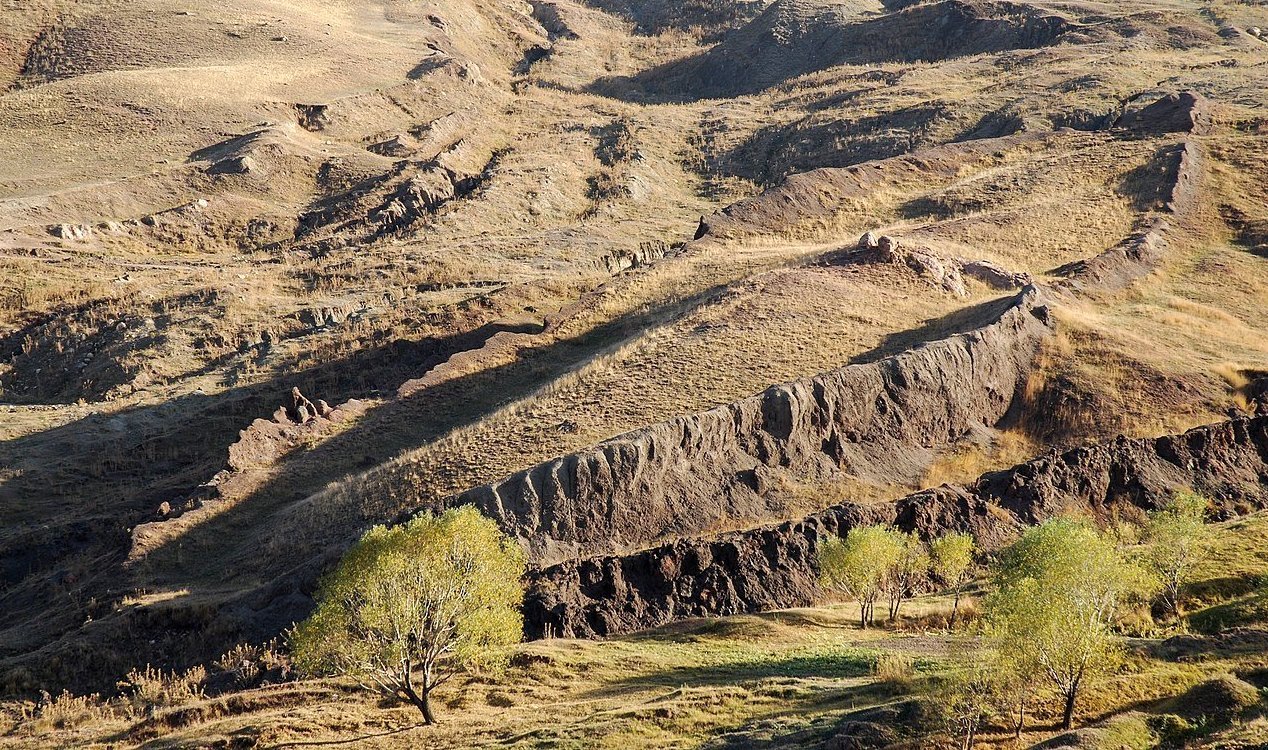Archaeology & History
October 28, 2023 · 46 comments
46 comments

Is this Noah's Ark ? Image Credit: CC BY-SA 4.0 Zorka Sojka
For centuries, scholars have attempted to track down the final resting place of the ark which, according to the Bible, came to a stop somewhere in the mountains of modern day Turkey.
One site in particular - known as the Durupinar formation - is thought by some to be the petrified remains of the ark itself. Vaguely resembling the shape of a vessel, it is situated in Turkey approximately 3km north of the Iranian border and around 6,500ft above sea level.
While geologists generally argue that the site is a natural formation, since 2021 scientists from three universities in Turkey and the United States have been analyzing samples of the rocks and soil found at the site to determine if it really is home to Noah's iconic vessel.
Now, according to the initial results, there is in fact evidence of human activity at the site in the form of "clayey materials, marine materials and seafood" which date back to the time of the great flood.
"According to the first findings obtained from the studies, it is thought that there have been human activities in the region since the Chalcolithic period, that is, between the years 5500 and 3000 BC," said Prof. Dr. Faruk Kaya of the Agri Ibrahim Cecen University.
"It is known that the flood of Prophet Noah went back 5,000 years."
Of course, evidence of human activity at the site from around that time neither confirms nor denies that the formation itself is Noah's ark, nor that Noah actually existed.
For those hoping to prove once and for all that the site really is the final resting place of the ark, however, it does - at the very least - represent a step in the right direction.
Source: New York Post | Comments (46)
New evidence discovered at alleged resting place of Noah's Ark in Turkey
By T.K. RandallOctober 28, 2023 ·
 46 comments
46 comments
Is this Noah's Ark ? Image Credit: CC BY-SA 4.0 Zorka Sojka
Scientists have found evidence of human activity dating back to the time of the Biblical vessel.
Whether or not you happen to believe that the events described in the Old Testament actually took place, the tale of Noah, the ark and the great flood needs no introduction.For centuries, scholars have attempted to track down the final resting place of the ark which, according to the Bible, came to a stop somewhere in the mountains of modern day Turkey.
One site in particular - known as the Durupinar formation - is thought by some to be the petrified remains of the ark itself. Vaguely resembling the shape of a vessel, it is situated in Turkey approximately 3km north of the Iranian border and around 6,500ft above sea level.
While geologists generally argue that the site is a natural formation, since 2021 scientists from three universities in Turkey and the United States have been analyzing samples of the rocks and soil found at the site to determine if it really is home to Noah's iconic vessel.
"According to the first findings obtained from the studies, it is thought that there have been human activities in the region since the Chalcolithic period, that is, between the years 5500 and 3000 BC," said Prof. Dr. Faruk Kaya of the Agri Ibrahim Cecen University.
"It is known that the flood of Prophet Noah went back 5,000 years."
Of course, evidence of human activity at the site from around that time neither confirms nor denies that the formation itself is Noah's ark, nor that Noah actually existed.
For those hoping to prove once and for all that the site really is the final resting place of the ark, however, it does - at the very least - represent a step in the right direction.
Source: New York Post | Comments (46)

The Unexplained Mysteries
Book of Weird News
AVAILABLE NOW
Take a walk on the weird side with this compilation of some of the weirdest stories ever to grace the pages of a newspaper.
Click here to learn more

Support us on Patreon
BONUS CONTENTFor less than the cost of a cup of coffee, you can gain access to a wide range of exclusive perks including our popular 'Lost Ghost Stories' series.
Click here to learn more
United States and the Americas
Israel, Palestine and the Middle-East
UK and Europe
Space: Exploration and Spaceflight
Total Posts: 7,767,878 Topics: 325,000 Members: 203,754
Not a member yet ? Click here to join - registration is free and only takes a moment!
Not a member yet ? Click here to join - registration is free and only takes a moment!

































Please Login or Register to post a comment.